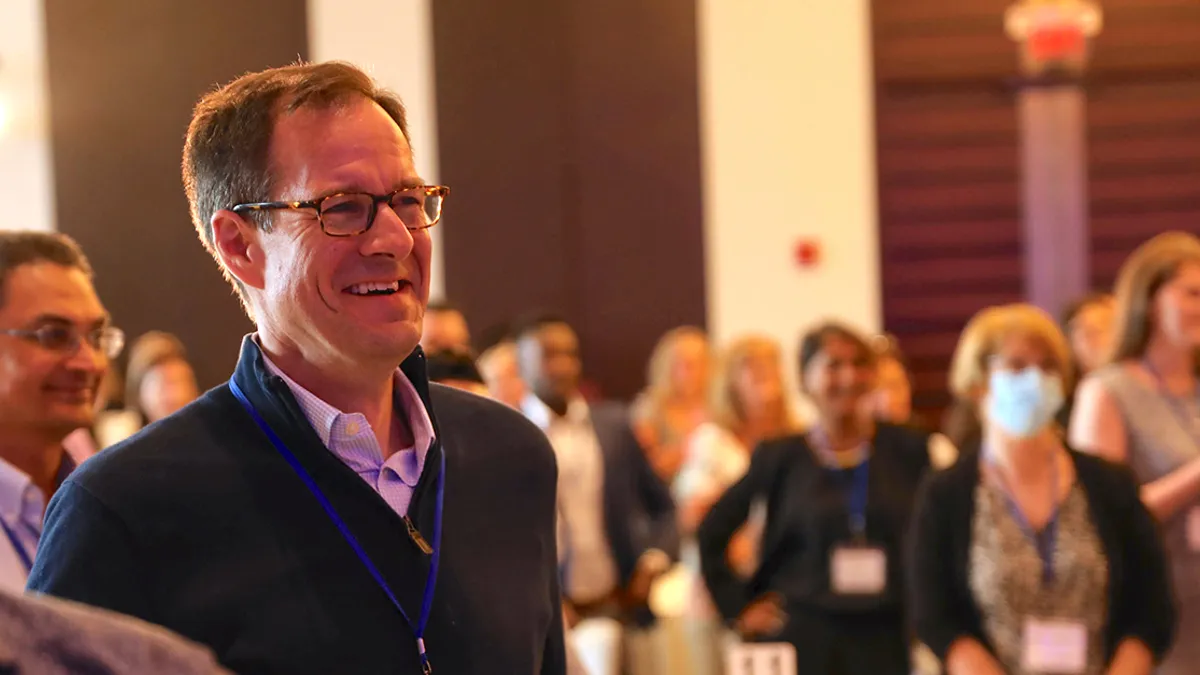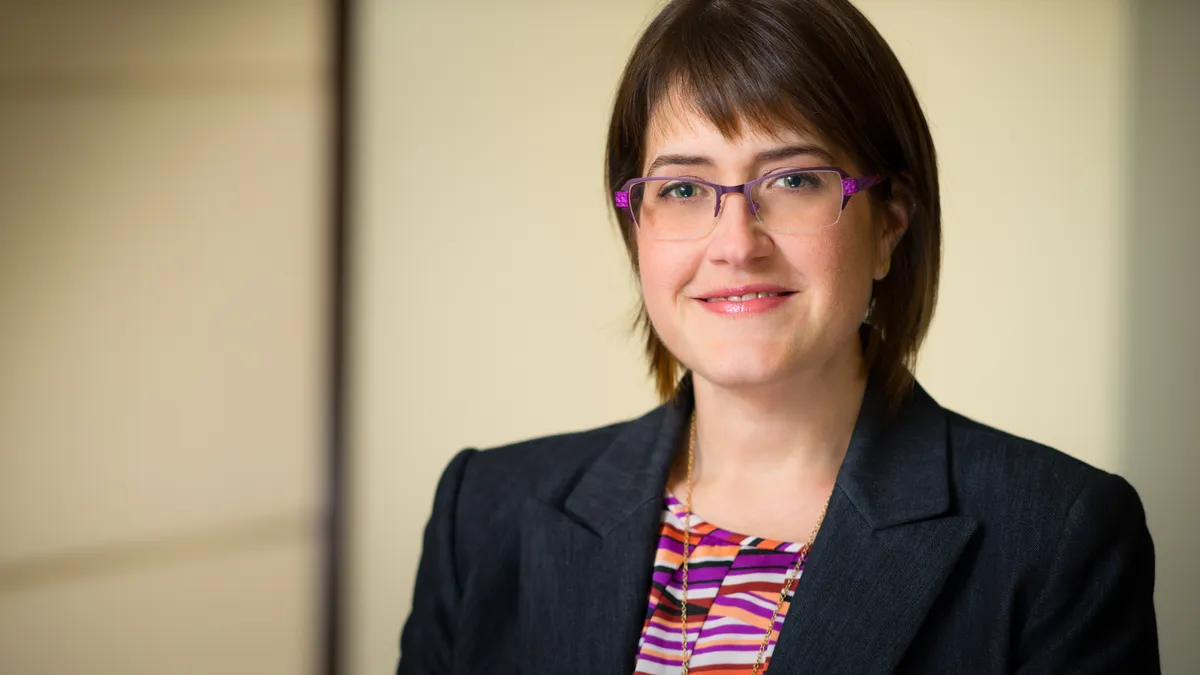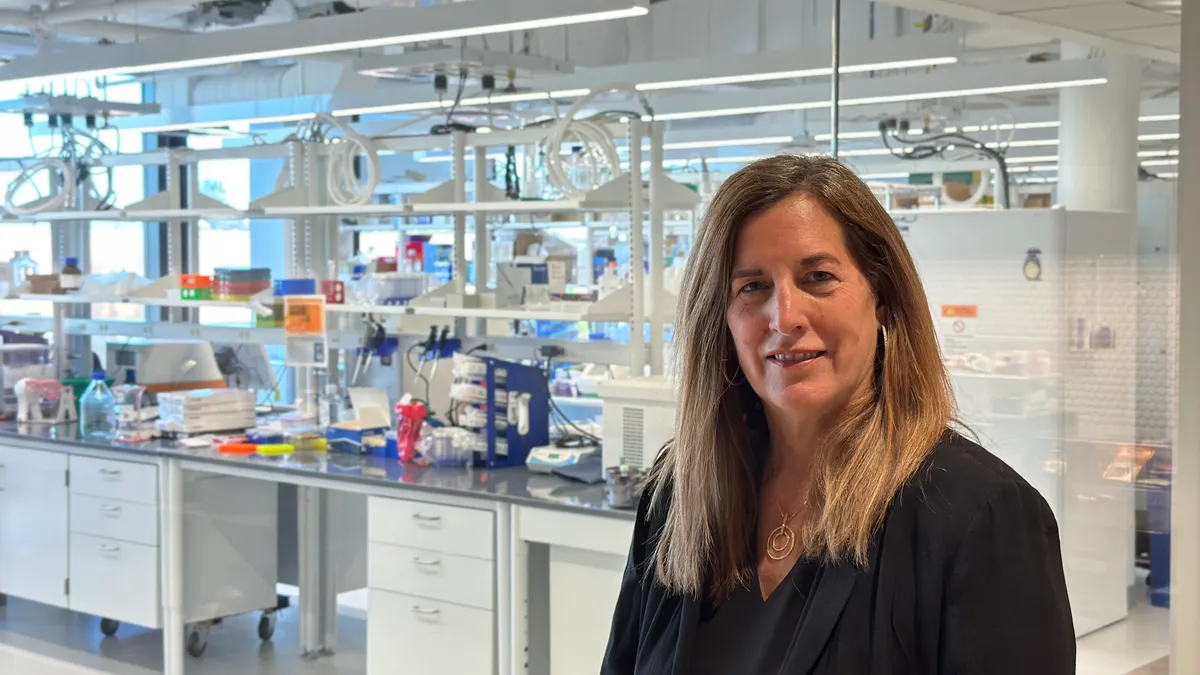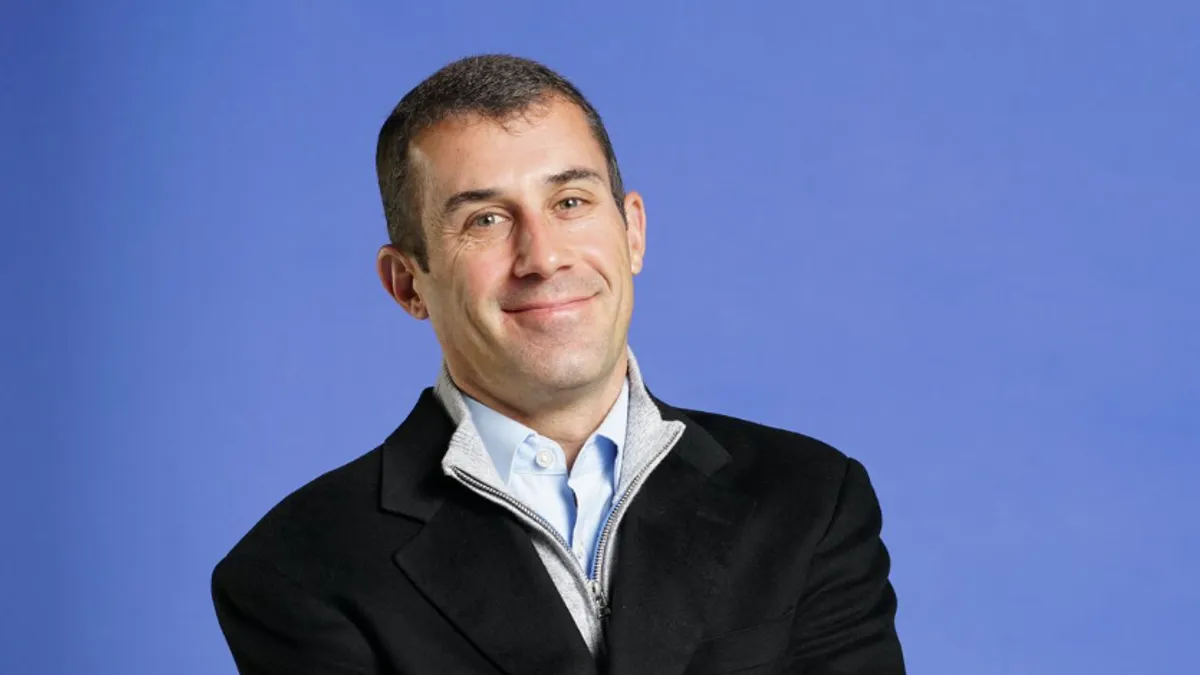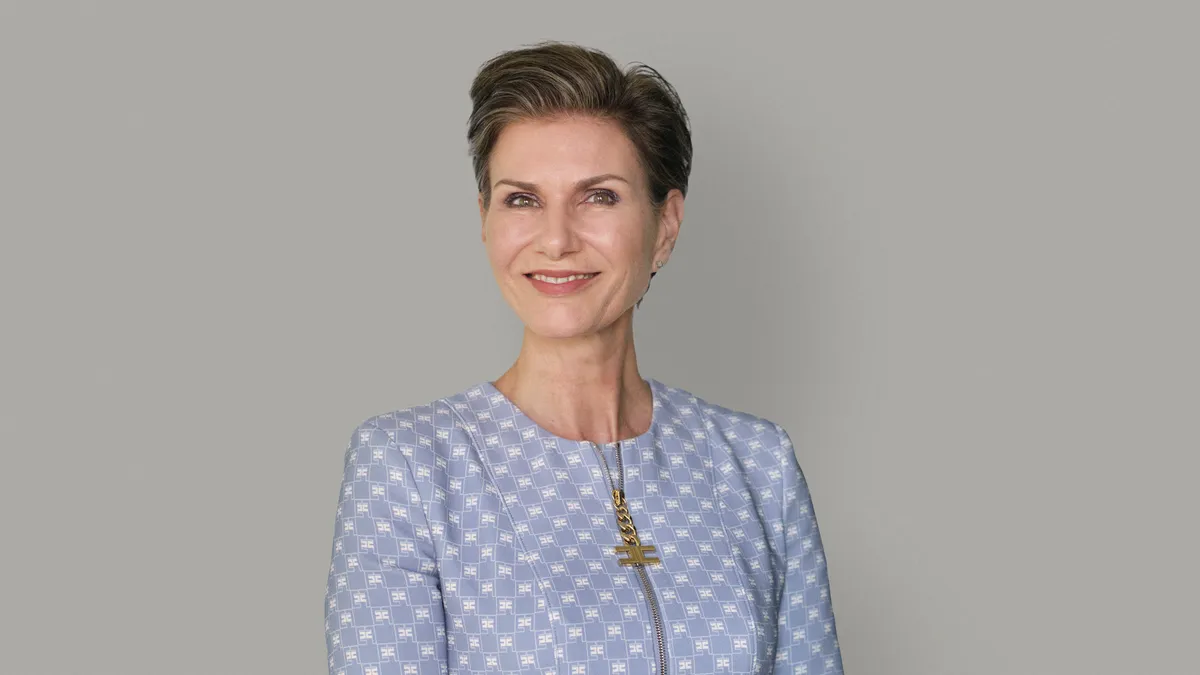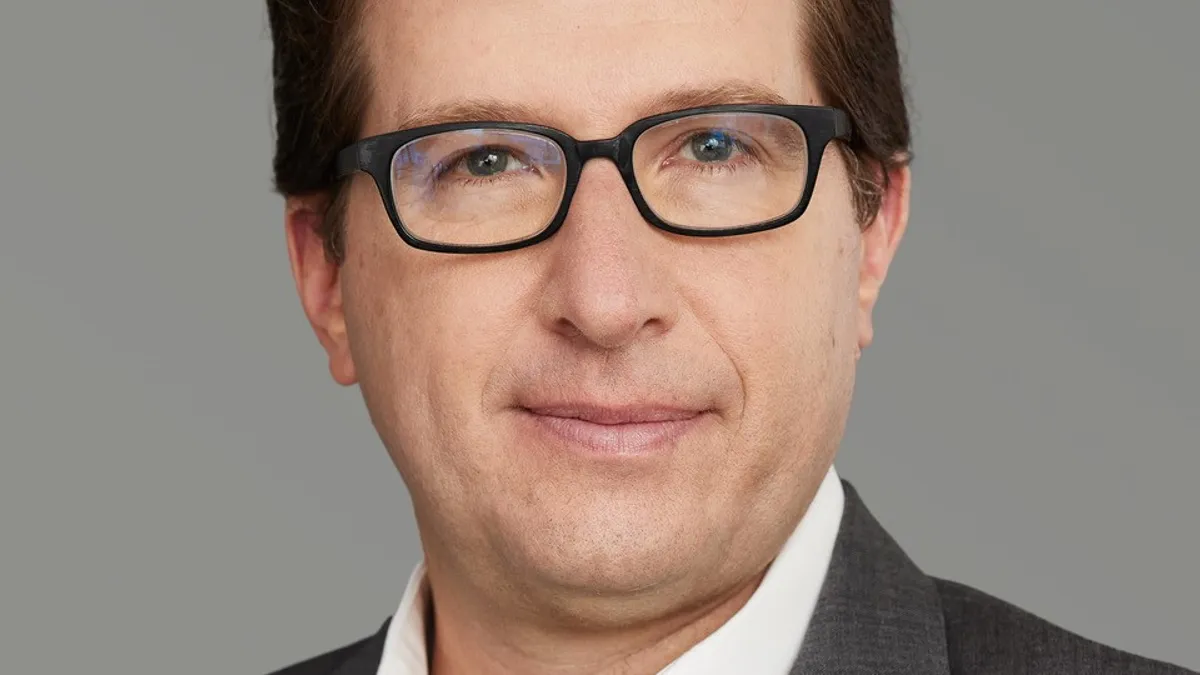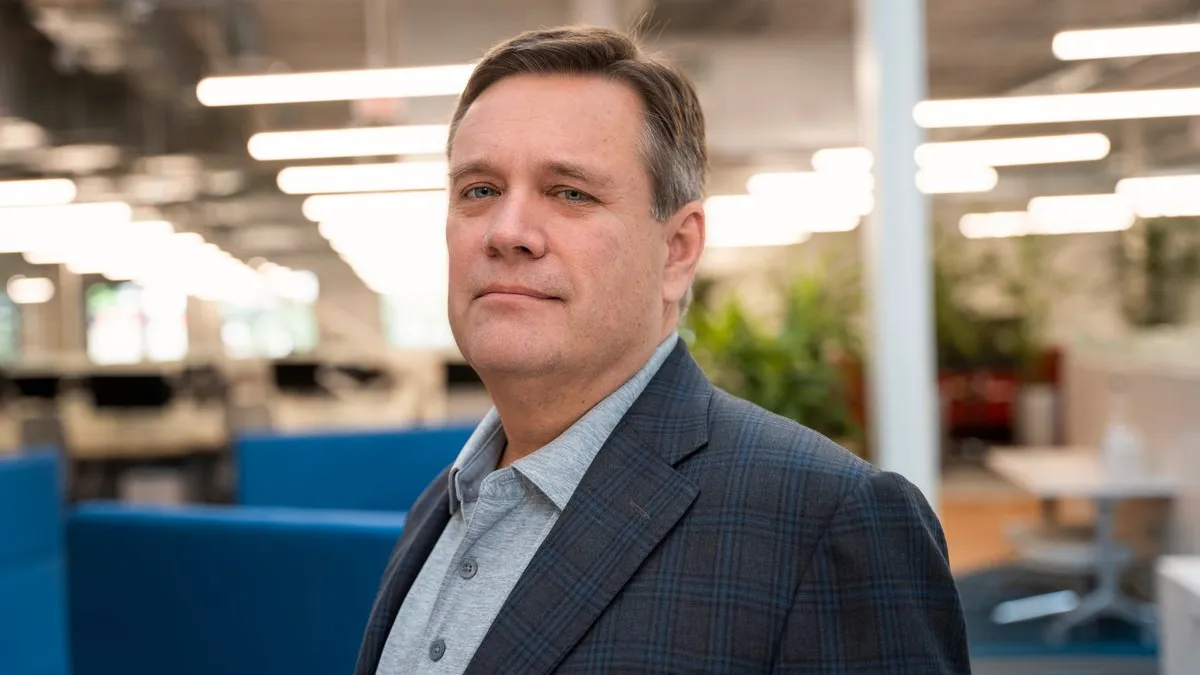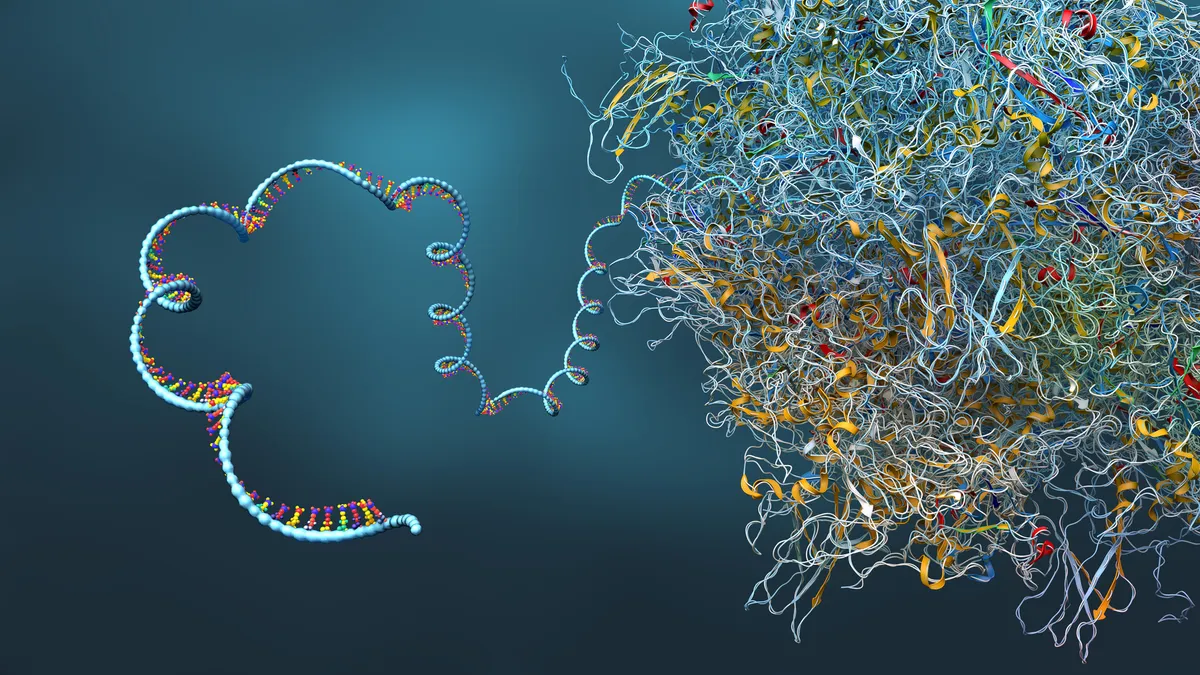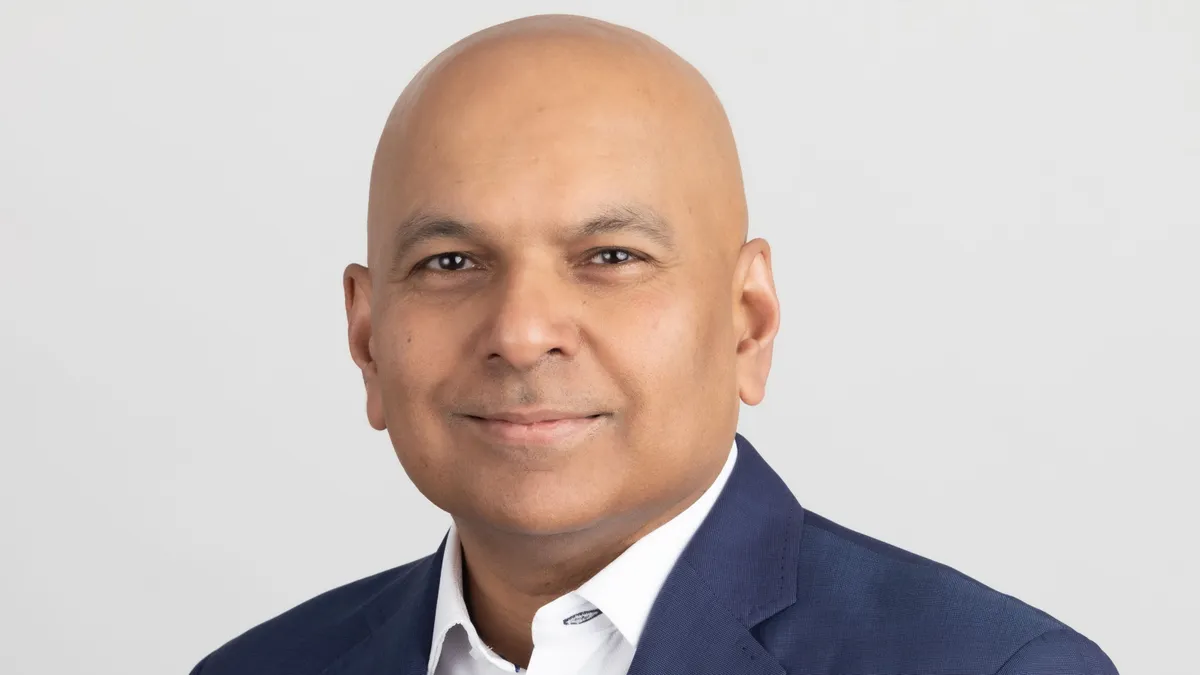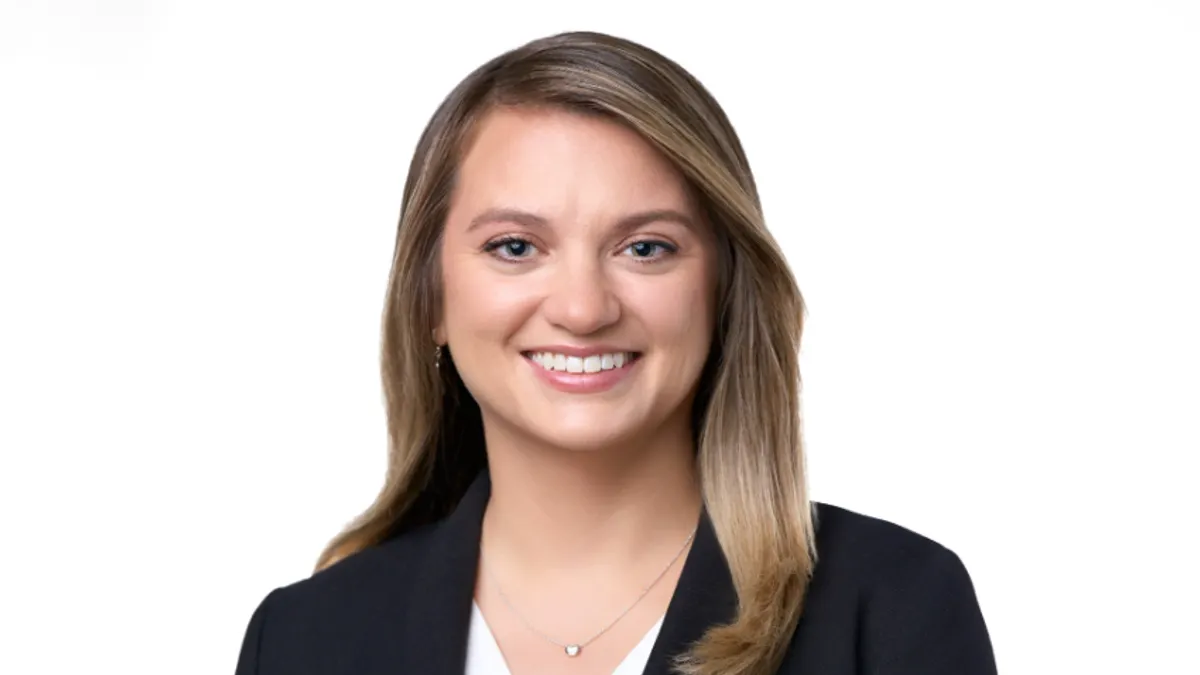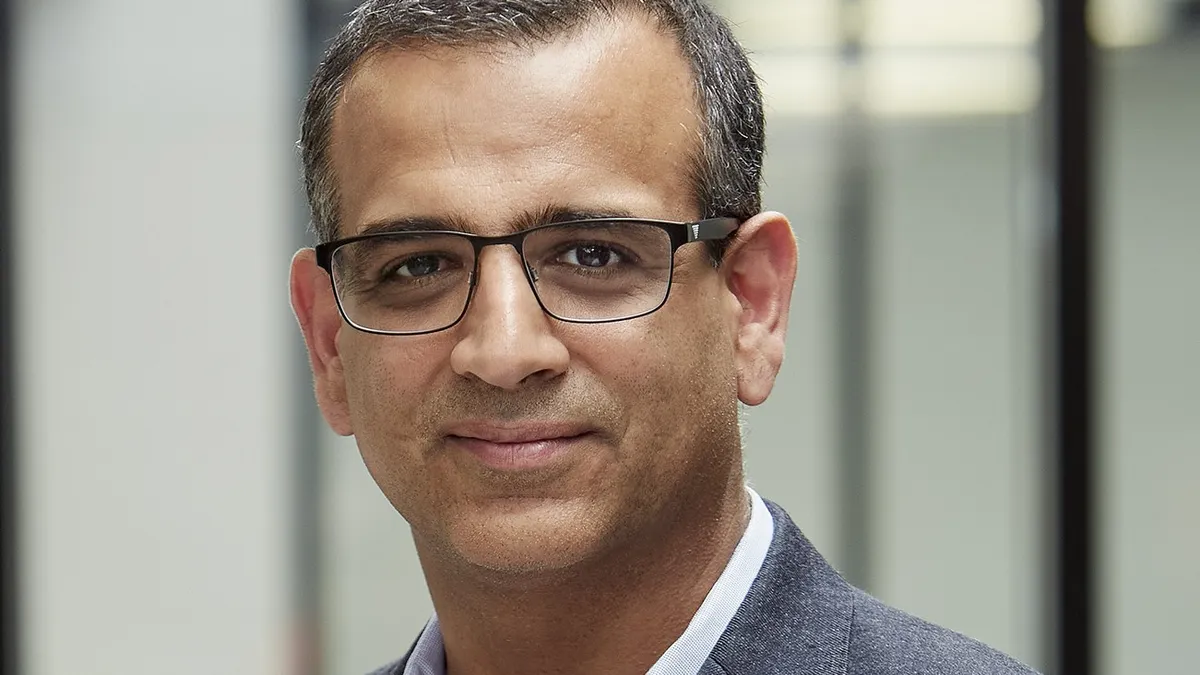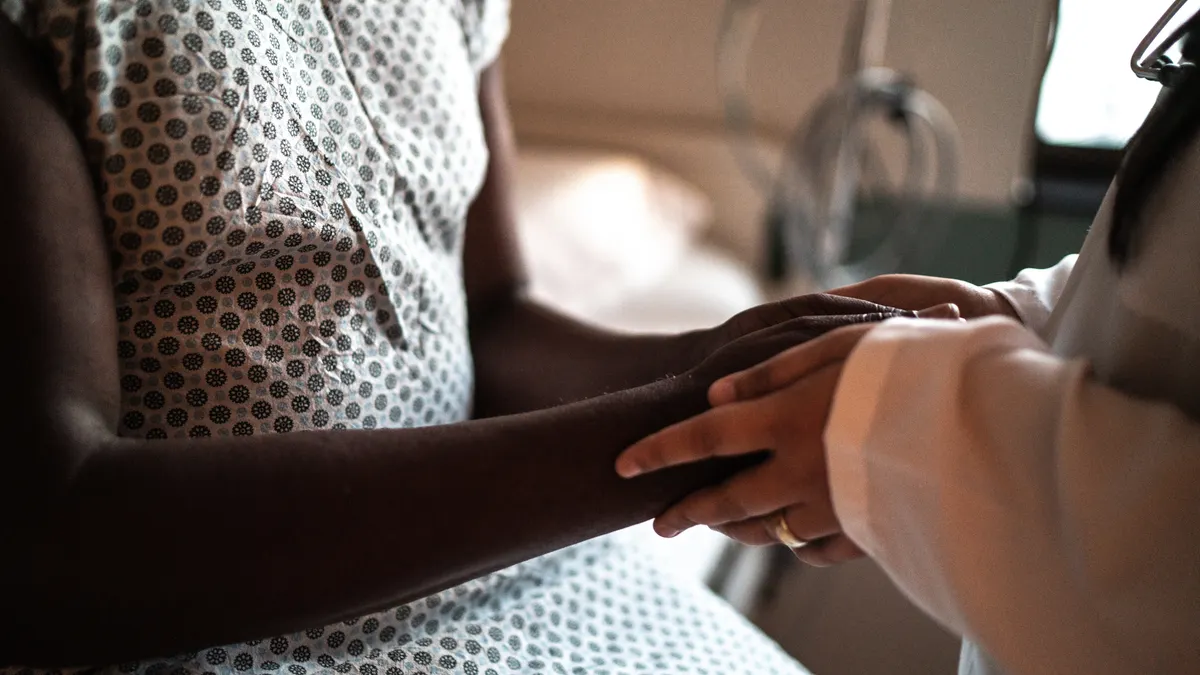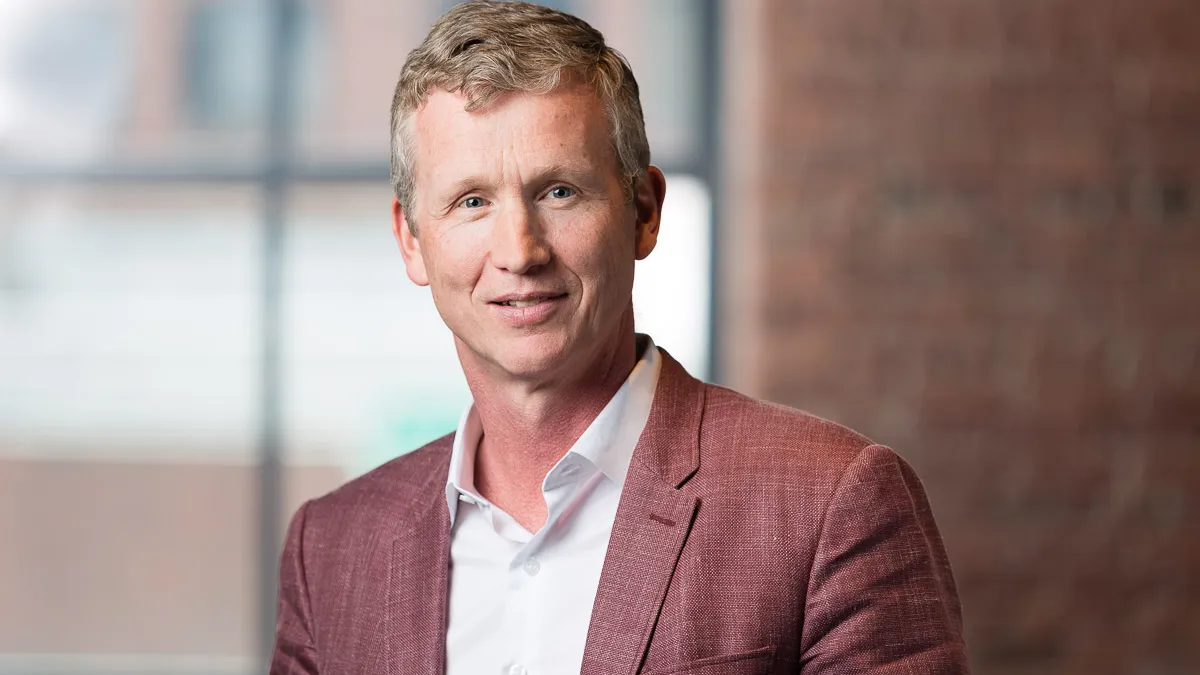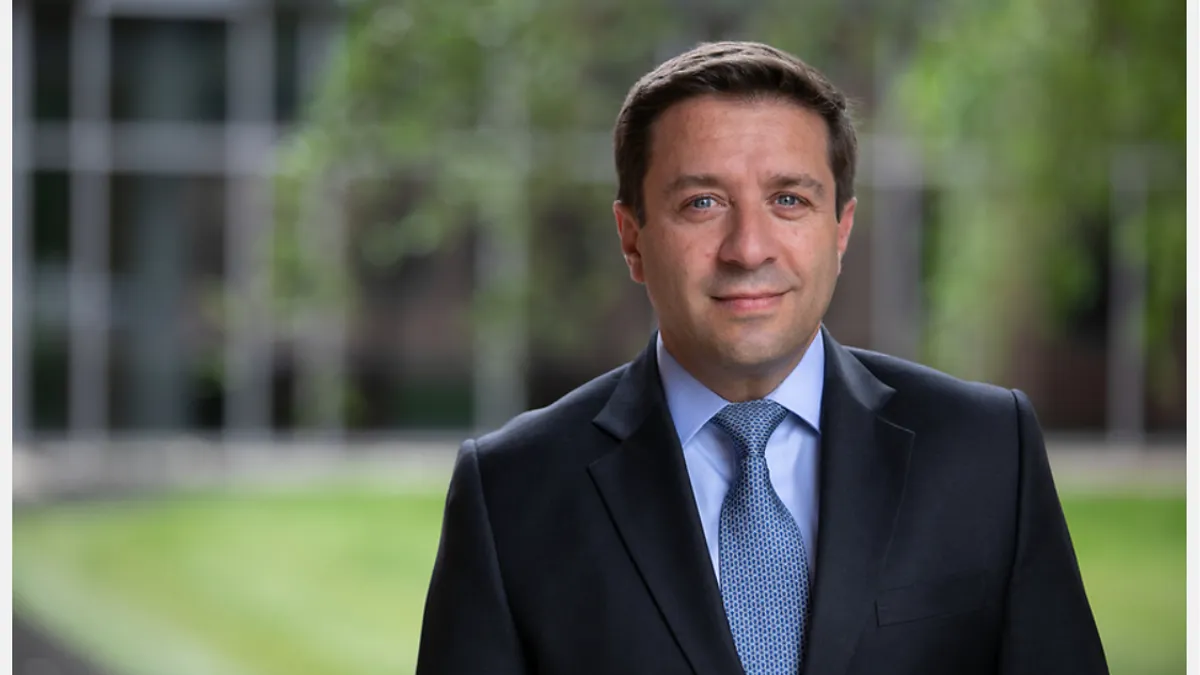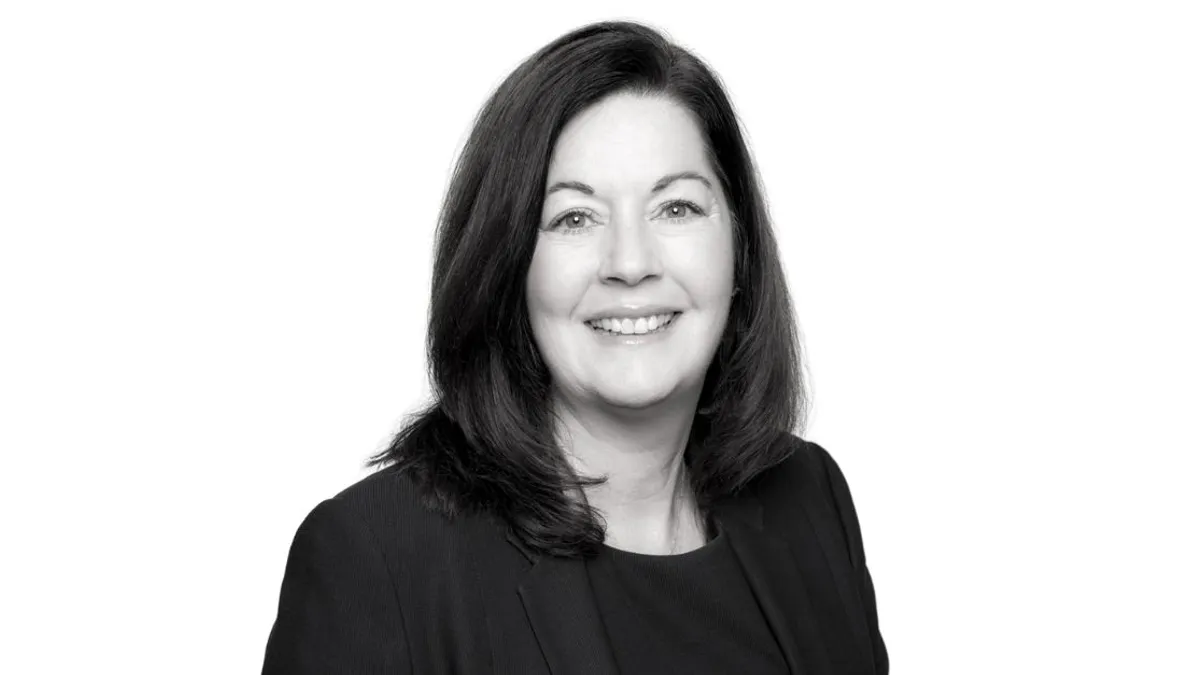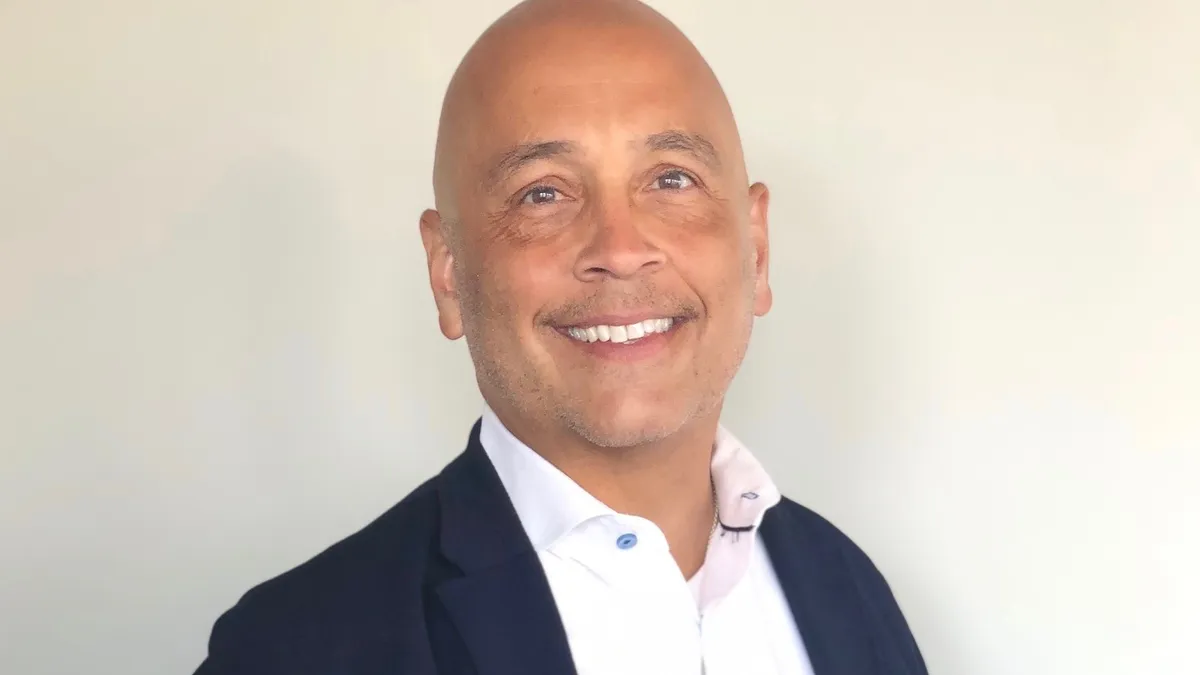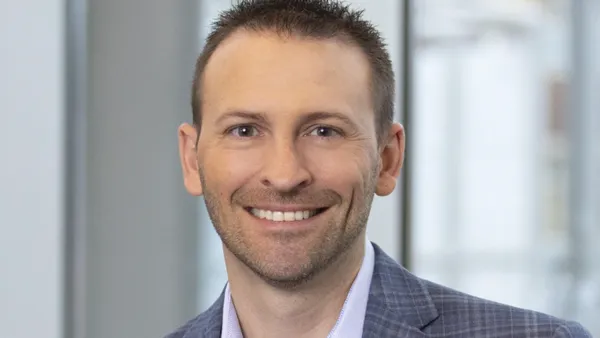Welcome to First 90 Days, a series dedicated to examining how pharma executives are planning for success in their new role. Today, we’re featuring a conversation with Chris Cargill, president and CEO of Sosei Heptares, and Dr. Matt Barnes, president of Heptares Therapeutics Ltd., and head of UK R&D.
When a company takes the leap from early drug discovery to clinical development, a bit of whiplash is unavoidable. As a smaller platform-based company grows and comes into its own, objectives and operating structures need to be defined and aligned, often with fresh perspectives from the C-suite.
The new CEO of Sosei Heptares, Chris Cargill, is happy that the alignment comes from inside the house. The leadership transition, which was confirmed in March 2022, has been conducted entirely through internal promotion, with Cargill transitioning from being CFO to taking the company’s helm.
Sosei Heptares’ platform is focused on G-protein-coupled receptors (GPCRs) — a superfamily of receptors linked to a wide range of diseases. Japan-based Sosei acquired UK-based Heptares Therapeutics in 2015, which will now be led by Matt Barnes as president and head of UK R&D.
To take the company to the next level, Sosei Heptares leaders have selected teams that Cargill says have more of a flat-bed management structure with program centricity and a patient-first culture at the forefront.
“Having program-centric hubs makes it clearer which teams are assigned to those hubs, what the objectives for those programs are, and how best to design incentives to drive greater ownership of programs and the company’s growth,” he says, adding that partnerships would remain a long-standing approach.
In addition to several approved inhaler products for COPD and asthma, Sosei has a deep pipeline of clinical-stage assets being developed through partnerships with the likes of AstraZeneca, GSK, AbbVie, Pfizer and more.
“We historically have been an organization that's been quite prolific at partnering, not only with pharma but also with technology companies, and we want to deploy that even more as we move into the clinic,” Cargill says. “We really want to embrace digitization, and we’ve begun that journey by building a research informatics data architecture team, but we want to strengthen our data management and commonality of data all through the organization.”
All said, the company has about 40 partnerships spinning at the moment. Barnes' role will be to push those internal programs ahead.
“For that, we need the very best practice approach to translational medicine to generate those early clinical signals,” he says.
Having financial leaders in both markets is crucial, Cargill says. Moreover, with travel restrictions over the past two years, having an executive team in Japan has helped continue growth of the Japanese business unit, while ensuring employees in both countries have direct access to the leadership team.
This interview with Cargill and Barnes has been edited for length and clarity.
PharmaVoice: Why was a fresh leadership team key to the company’s future success?
Chris Cargill: Making the senior personnel changes gives us an opportunity to do things a little differently, to modernize and really embed program centricity. When Sosei acquired Heptares in 2015, one of the very clear directives from the board was that it was important for Sosei to retain its scientific founders as it looked to invest, scale the platform and commercialize it and add broad-based scientific capabilities. That strategy was incredibly successful. The pipeline grew from a handful of programs in 2015 to more than 40. We've inked major collaborations with some of the biggest and best names in the business and our employees have grown from about 30 at Heptares to the 170 that we have today.
With the technology validated and the platform fully established, the board has believed for a number of years that there would come a time when management succession would be required to support the next phase of the company's growth plan. This phase is not just about investing in scaling a technology that was spun out of the university, but is focused on really growing in the UK, but also adding international strategic growth ambitions, including into the U.S., and that requires a slightly different approach. The board has been planning and preparing the recent internal promotions. Our scientific founders will remain in the business on a consulting basis, though not on a day-to-day operational management basis.
Why has it been important to establish strategy early in the transition?
Cargill: We need to make sure that the senior leadership keeps a close eye on our transformation so that we can give our people the best support and build our partner network to deliver on world-class science for the benefit of patients. We believe taking our science to patients in the clinic will … be quite transformative for the culture of our organization as well. It will allow our employees to see the fruits of their labor. That's really what the next step is all about. It's about demonstrating that we can make that difference and be more than a platform company.
Barnes: During a transition, it’s important to have clarity around the message so that everybody knows the direction that we want to travel.
While it’s early in the transition, what lessons have you learned so far?
Cargill: The first is to frame the transition as a positive and to ensure that incentives are aligned with corporate objectives and organizational goals. One of the lessons all managers learn is that people move through the change curve at a different pace. Some people loved the new approach from day one, and others will take a little bit longer. But that's OK.
Also, I think over-communicating is important to ensure that people have information to hand. We want to be a very transparent management team, and we’re adapting to what our people want. For example, our biweekly management meetings have been significantly extended so that more people around the organization can dial in and listen to what we discuss. Being approachable is also a priority.
Barnes: Our employees are our most valuable assets, so when managing change, it's extremely important that they're placed at the center of the process. One of the lessons is that what we might think is ample information is not necessarily sufficient for everybody. So, I’d emphasize the importance of over-communication and just being around so employees can come to us and ask questions.
Cargill: One thing we lost in the last couple of years is that ability to bump into someone in the corridor or sidle up to a conversation in the tearoom. That's incredibly valuable. So, we've made sure that our office spaces have sufficient areas for that to happen. And we're really excited to be back on site, because that will really help catalyze the change.
Have there been any big changes beyond management since the transition?
Cargill: Very recently we expanded into a new state-of-the-art facility. We've taken some space in the old Cancer Research UK offices in Cambridge, and we're moving our translational medicine team, along with a few of the other teams like finance and human resources, into that new facility. This will allow us to build more lab space in our main facility and respond to increased demand from our partners.








